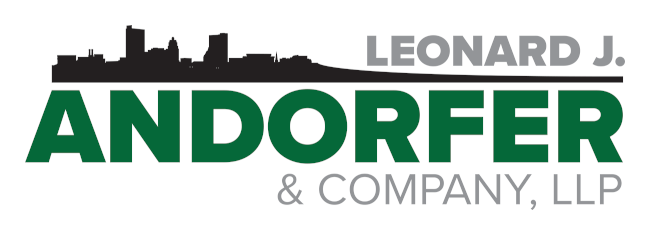If you’re a business owner, you should be aware that the SECURE 2.0 Act has changed how some amounts are reported on Form W-2. The provisions potentially affecting Forms W-2 (including Forms W-2AS, W-2GU and W-2VI) are:
- De minimis financial incentives,
- Roth Savings Incentive Match Plan for Employees (SIMPLE) and Roth Simplified Employee Pension (SEP) Individual Retirement Arrangements (IRAs), and
- Optional treatment of employer nonelective or matching contributions as Roth contributions.
De minimis financial incentives
The SECURE 2.0 Act made changes designed to encourage employees to contribute to their employers’ 401(k) or 403(b) plans. These changes allow employers to offer small financial incentives to employees who choose to participate in these retirement savings arrangements. If an employer offers such an incentive, it’s considered part of the employee’s income and is subject to regular tax withholding unless there’s a specific exemption.
Roth SIMPLE and Roth SEP IRAs
Under SECURE 2.0 Act, an employer that maintains a SEP or SIMPLE IRA plan can offer participating employees the option of having their salary reduction contributions deposited in a Roth IRA instead of a traditional IRA. Contributions made at the employee’s election to a Roth SEP or Roth SIMPLE IRA are subject to federal income tax withholding, the Federal Insurance Contributions Act (FICA) and the Federal Unemployment Tax Act (FUTA). These contributions should be included in boxes 1, 3 and 5 (or box 14 for railroad retirement taxes) of Form W-2. They’ll also be reported in box 12 with code F (for a SEP) or code S (for a SIMPLE IRA).
Employer contributions to a Roth SEP or Roth SIMPLE IRA are not subject to withholding for federal income tax, FICA or FUTA. These contributions should be reported on Form 1099-R for the year in which they’re allocated to the individual’s account. The total amount should be listed in boxes 1 and 2a of Form 1099-R with code 2 or 7 in box 7, and the IRA/SEP/SIMPLE checkbox checked.
Designated Roth nonelective contributions and designated Roth matching contributions
Under the SECURE 2.0 Act, plans can allow employees to designate certain matching and nonelective contributions made after Dec. 29, 2022, as Roth contributions. These contributions are not subject to withholding for federal income tax, Social Security or Medicare tax.
Unlike regular Roth contributions, designated Roth nonelective and matching contributions must be reported on Form 1099-R for the year in which they’re allocated to an individual’s account. They’re reported in boxes 1 and 2a of Form 1099-R, and code “G” is used in box 7.
Reminder
Forms W-2 have been updated for tax year 2023 (filed in 2024). If a business has already filed 2023 Forms W-2 without following these new guidelines, they may need to file Form W-2c to correct any errors. Refer to the General Instructions for Forms W-2 and W-3 for details on when and how to file Form W-2c.
If you need help understanding how these new rules will affect your business, please contact our office. We would be happy to help.
This article carries no official authority, and its contents should not be acted upon without professional advice. For more information about this topic, please contact our office.
